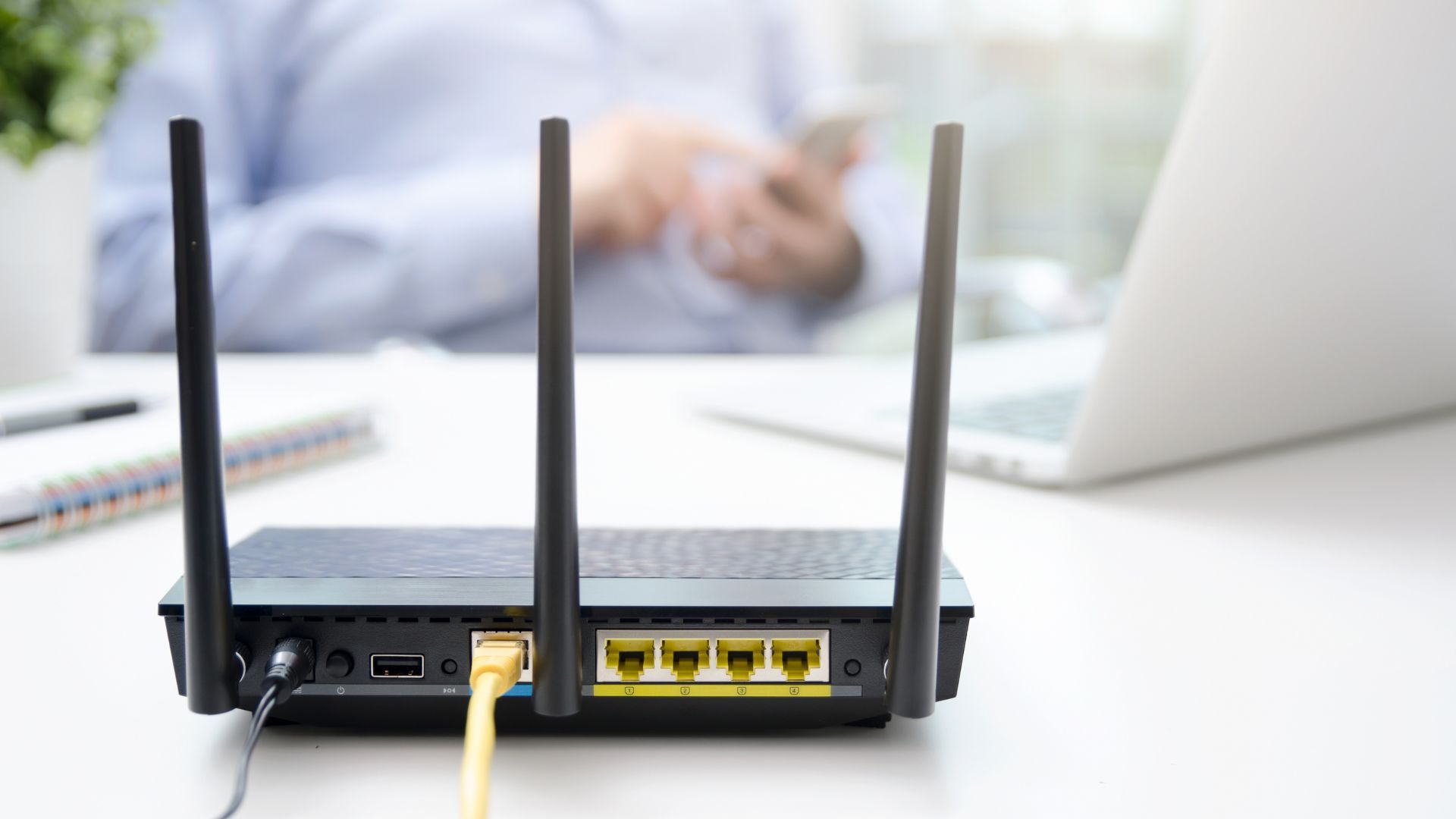You settle into your couch after a long day, ready to binge the latest Netflix series or jump into an online game with friends. But instead of seamless streaming, you're staring at endless buffering wheels and laggy connections. Sound familiar? That nightly internet slowdown isn't just bad luck - it's a predictable problem with surprisingly straightforward solutions.
You can also set us as a preferred source in Google Search/News by clicking the button.
The Internet Rush Hour Is Real
The culprit behind your sluggish evening internet has a name: network congestion. Just like highways get jammed during morning and evening commutes, internet infrastructure gets overwhelmed when everyone tries to use it simultaneously. According to Allconnect, this phenomenon occurs consistently during what experts call "internet rush hour" - typically between 7 PM and 11 PM, though some research extends this window from 4 PM to 10 PM.
During these peak hours, your internet service provider's network struggles to handle the massive spike in demand. Families have finished work and school, kids are gaming, parents are streaming shows, and everyone's devices are automatically updating apps and syncing data. The result? Your available bandwidth gets sliced thinner than a deli turkey sample.
This congestion happens on two levels. Local network congestion occurs within your home when multiple devices compete for the same Wi-Fi connection. Wide area network congestion happens at your ISP's infrastructure level, where thousands of customers in your area are all trying to stream, download, and browse simultaneously.
The timing isn't coincidental. Research shows that evening hours represent the highest concentration of internet users online. Unlike daytime usage, which tends to be spread across work hours and different time zones, evening internet use creates a concentrated demand surge that overwhelms available bandwidth.
Weather can compound these issues, particularly for satellite and wireless internet connections. Heavy rain, snow, or strong winds can interfere with signal transmission, making an already congested network even less reliable during evening storms.
Some internet service providers also deliberately throttle speeds during peak usage hours - a practice called traffic shaping that helps them manage network load but leaves customers with frustratingly slow connections exactly when they want to use the internet most.
The 10-Second Fix That Actually Works

Here's the simple solution that consistently resolves most evening slowdown issues: restart your router. This isn't tech support giving you busy work - router reboots genuinely clear accumulated network congestion and refresh your connection to your ISP.
Many routers, especially older models, can become overwhelmed by constantly managing multiple device connections and data streams. They accumulate memory leaks and processing bottlenecks that compound during high-usage periods. A quick restart clears these issues and often restores your connection to its full speed potential.
See also - Why Your WiFi Keeps Dropping (And The 30-Second Fix)
The process is straightforward: unplug your router's power cable, wait 10 seconds, then plug it back in. Allow 2-3 minutes for the device to fully restart and reconnect to your ISP's network. Many users report immediate speed improvements, particularly during evening hours when congestion is typically worst.
Beyond the Quick Fix
While router restarts provide immediate relief, several longer-term strategies can improve your evening internet performance. Strategic router placement makes a significant difference - position your router in a central, elevated location away from walls and electronic interference. Avoid hiding it in closets or behind furniture.
See also - 10 Items You Didn’t Know Can Interfere With Your Wi-Fi Signal
If you're using Wi-Fi, consider switching high-bandwidth activities to wired ethernet connections. Gaming consoles, streaming devices, and work computers benefit from direct ethernet connections that bypass Wi-Fi congestion entirely.
Quality of Service (QoS) settings on modern routers let you prioritize specific devices or activities. You can configure your router to give priority to video calls or streaming services during peak hours, ensuring these critical applications get bandwidth even when the network is congested.
If router restarts and basic optimization don't resolve your evening slowdowns, the issue might be infrastructure-related. Some ISPs struggle with inadequate network capacity in high-density areas. In these cases, switching to a provider with more robust local infrastructure might be necessary.
Outdated routers can also become performance bottlenecks. If your router is more than 5 years old, it might lack the processing power to handle modern internet speeds and multiple device connections effectively.
The good news? Most evening internet slowdowns stem from simple congestion issues that respond well to basic troubleshooting. That 10-second router restart might seem almost too simple to work, but it addresses the root cause of most home network performance issues during peak usage hours.
Your evening internet doesn't have to be a source of frustration. A little understanding of network congestion patterns and some proactive router management can keep your connection running smoothly, even when the rest of the internet is stuck in traffic.
If you enjoyed this guide, follow us for more.













